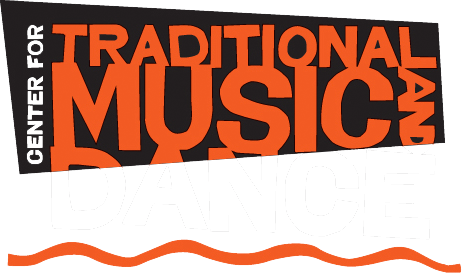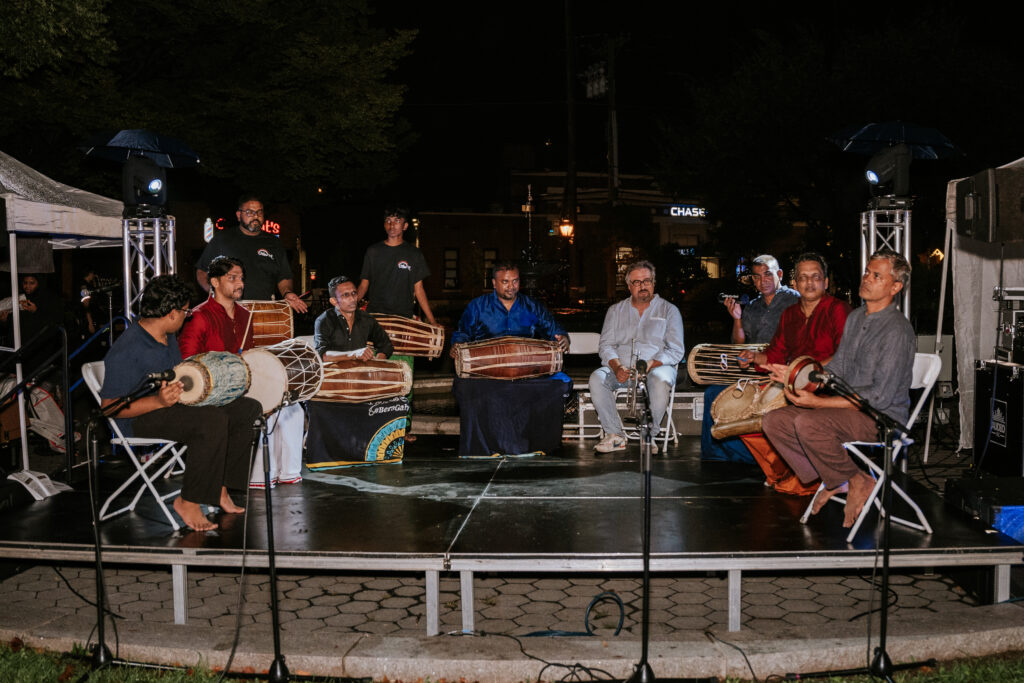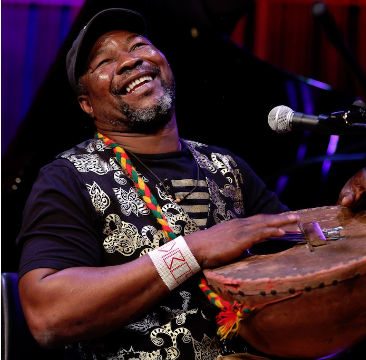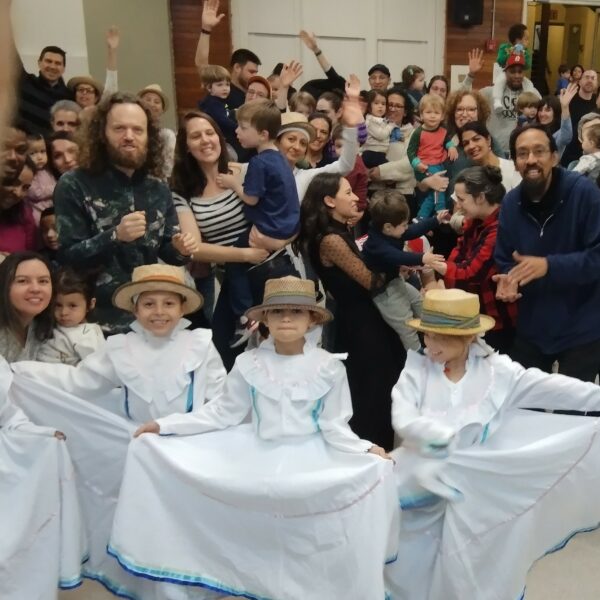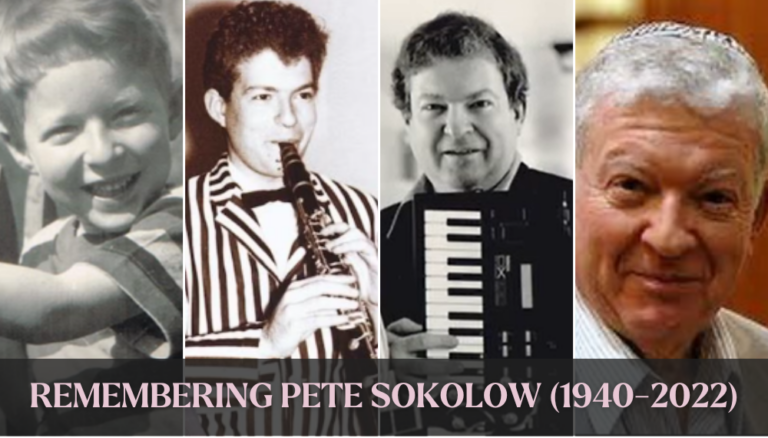Rain did nothing to deter the crowd of people who attended the 2023 Soorya NYC Festival of Sri Lankan Culture and Traditions. On Friday, September 8th, against the emerald green backdrop of Staten Island’s Tappen Park, family and community members came together, umbrellas in hand, to immerse themselves in the vibrant and varied traditions of Sri Lanka.
This festival, which the Center for Traditional Music and Dance presented in collaboration with Sri Lankan tradition bearers, artists, musicians, and community members, operates under a three-fold mission: to preserve Sri Lankan heritage in NYC, encourage meaningful dialogue between ethnically diverse factions of the Sri Lankan community, and share the country’s cultural traditions with the broader public. Sachindara Navinna, CTMD’s Manager of Artist Relations and Operations, adds that the festival also allows the community to challenge common misconceptions about Sri Lanka: “Many people think Sri Lanka is just like India. But it’s really not. We have our own people, traditions, religions, landscape, and food.”
Staten Island, sometimes called the “Forgotten Borough,” has served as the site for Soorya since the festival’s inception in 2018. Like the rest of New York, it has a significant immigrant population. Its ties to the Sri Lankan diaspora are especially strong. In the 1970s, many Sri Lankans emigrated to New York City, bringing their unique cultures and traditions. Staten Island was a popular destination for them due to the affordable housing. Over the following decades, the Sri Lankan population on Staten Island grew from an influx of refugees fleeing the civil war in their home country. Today, it is home to the largest Sri Lankan population in the US. However, the long-lasting impacts of the war have created many barriers.
“Even though the civil war is over, there is still a divide,” says Navinna. “Plenty of one type events take place each year among the individual communities that showcase their specific traditions; however, there are almost no cross-community events. The Soorya Initiative is unique because the entire community gets together to have a full on stage production celebrating multiple traditions within Sri Lanka.”
This year’s program showcased two major classical traditions practiced in Sri Lanka— Kandyan and Carnatic music and dance. Kicking off the evening was a riveting perahera (drum procession) by master artists that included traditional Kandyan dance and costumes. Principal dancers Medhini Lokuhewa and Hayley Nanayakkara from the Sri Lankan Dance Academy of NY followed this up by leading a lively workshop in Kandyan dance, teaching participants traditional handwork positions, and holding a competition to see who could hold the longest mendiya–an outward-facing squat, where your feet are in a V position.
Bala Skandan also wowed audiences with his lecture and mridangam demonstration. An acclaimed percussionist, musician, and teacher—as well as the lead artist and composer of the NY-based Indian-classical music group, Akshara Music Ensemble—Skandan spoke about the intricacies and rhythmic framework of Carnatic rhythms and demonstrated how they sound on the mridangam, a double-headed drum. This was then followed by a guru-apprentice performance by Calai Chandrasekaram and her student, Kriti Iyer, who showcased the beauty and cross-generational practice of Bharatanatyam dance.
When there was no mainstage performance, people mingled and explored various workshops, activities, and vendors, including henna face painting, drum circles, and handcrafts. DJs Sadeipa and Duli kept the audience on their feet throughout the evening, playing various musical genres and styles. And under a white tent near the main stage, Chef Mahesh Abeysekera and Chef Monica Perera kept everyone fed with bowls of homemade Biryani and cutlets, respectively.
Regarding the festival’s future, Navinna expressed her hope that Soorya will one day get the same attention as other cultural/religious festivals in New York: “I feel people often don’t know about Sri Lanka and this festival is such a great opportunity to learn. There are so many events like the Polish Festival, Holi at Central Park, or even the Dominican Day parade, and I want people to know that there is a Sri Lankan festival, too!”
I asked Soorya Consulting Director Naomi Sturm-Wijesinghe what she hopes people take away from the festival, and she responded: “Soorya is not just another festival. It’s also an ongoing, intentional community-building exercise involving the Sri Lankan community and the broader public who attend the festival. While it’s great if people come and have fun, I hope they also leave with a much more holistic understanding of Sri Lankan culture.”
If you have yet to attend the Soorya festival, I encourage you to do so next year. Witnessing the Sri Lankan community come together to celebrate their traditions and humanity despite contentious history inspired me. And I hope it will inspire you, too.
